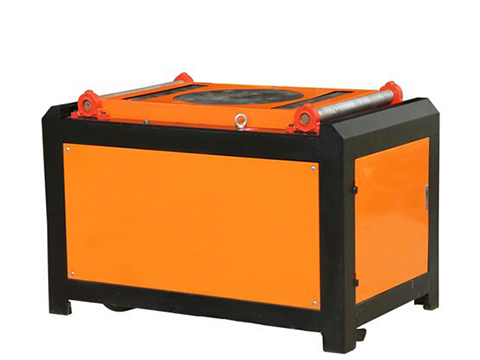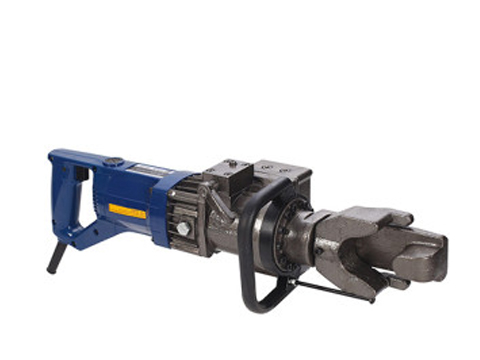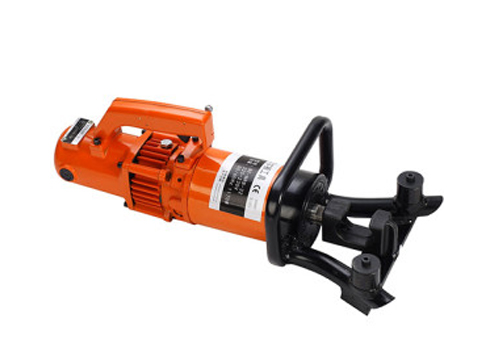Reinforced concrete is a supremely flexible building material, but getting the most out of it requires plenty of steel. These days the overwhelming majority of steel reinforcement is supplied in the form of rebar, and you’ll need all kinds of different rebar shapes to fit various concrete pours. This is why investing in a hydraulic rebar bender ( hidráulico doblador de varilla corrugada) is a great idea for any contractor who handles a lot of concrete work.
Alternatives To Machine Bending
If you’re doing concrete work and you choose not to buy a rebar bending machine (máquina dobladora de varilla corrugada), you’re basically left with two options: You can either assign your employees to cut and bend rebar (doblar varilla de corrugada) manually, or you can order bent rebar from a third-party supplier. Neither of these options is all that attractive.
Manual bending is a tough, messy job that’s unpopular with workers. The results leave a lot to be desired, too: This is the slowest, least precise way to bend rebar on the job site. Working with a third party has its drawbacks, too. There’s an inevitable delay between ordering rebar and having it delivered which calls for careful logistical planning. You’ll also end up ordering more rebar than you really need to make up for potential shortfalls, wasting money. Do you want this hydraulic rebar bender? We have more like this, please visit http://ellsenmaquinaria.es/

Hydraulic Rebar Machines: Types
While there are a lot of different hydraulic machinery (hidráulico maquinaria) out there suitable for use with rebar (and you can even construct your own if you’re inclined to tinker), they generally fall into two main camps based on their overall size and portability. Jobsite benders are designed to be moved fairly easily; they generally weigh 200 pounds or less. These lighter bending machines (máquina doblado) can be used virtually anywhere, but there’s a limit to their capacity. They usually can’t handle the thickest types of rebar (e.g. # 8 stock).
Heavier hydraulic benders are obviously less mobile, and they usually live in your shop. It may be cost-effective to move a large bender onto your job site if you need to bend a lot of rebar quickly, though. Most heavy-duty bending machines can be moved around with a skid steer.

Advantages Of Bending Your Own Rebar
As implied above, a hydraulic bending machine (máquina dobladora de hidráulica) handles your bending needs faster than manual bending and more cheaply than working with an outside fabricator. These aren’t the limits of these machines’ advantages! Operating your own rebar bender lends a greater amount of precision to your rebar. On jobs where you need large numbers of identical pieces (like wrapping a concrete column) this can be vital.
Having your own rebar (acero corrugado) benders onsite can also take a lot of the guesswork out of your supply chain. You’ll be less likely to overstock rebar shapes you don’t end up using, and you can fabricate new pieces on demand even if you didn’t know you needed them.
You should hopefully have a better idea of just how much of an asset a hydraulic rebar bender can be, both on the job site and in the workshop. If your company handles concrete work regularly, investing a little money in your own rebar bending machine is an excellent idea. It’ll pay for itself many times over, especially if you buy a durable, long-lasting machine. If you want to know more about these machines, please visit http://ellsenmaquinaria.es/maquina-dobladora-de-varilla-hidraulica/